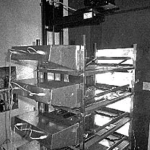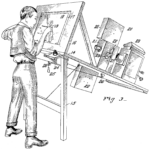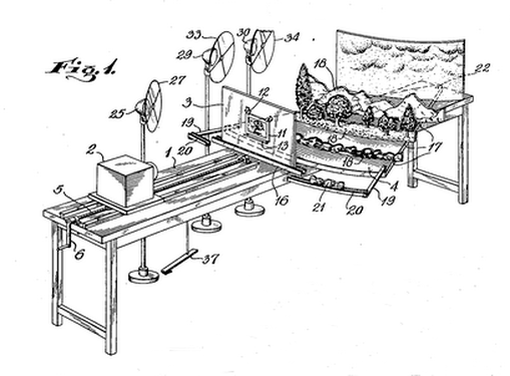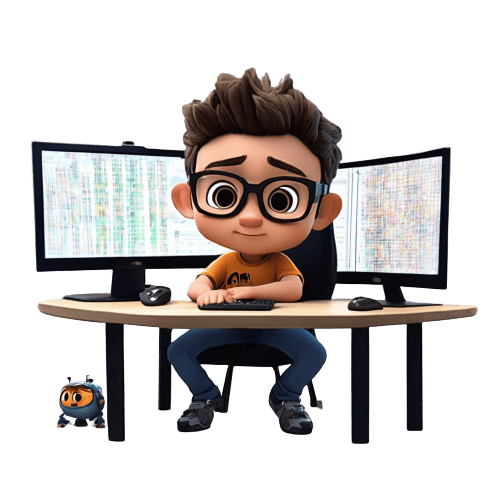Continuing with our process or recompiling interesting twitter threads that we think deserve to preserved and shared across the community. In this case a very interesting one the Quick Guide to CLASSIC ANIMATION techniques and visual effects by @twostriptecnhicolour and distributed by the @EtheringtonBros.

Original twitter thread CLASSIC ANIMATION techniques
Edited twitter thread CLASSIC ANIMATION techniques
1/3 Stereoptical Process
Our feature tutorial/ artist today is this set of BEAUTIFULLY designed pages on CLASSIC ANIMATION techniques by the talented @twostriptecnhicolour! I’m posting these as a thread, so tap/click to see the rest! #animation #animationdev #gamedev #illustration #film #cartoons
2/3 The multiplane camera
3/3 Rotoscoping
the third entry is about the usage of Rotoscoping, an old traditional technique that is able to always make a great comeback.
Originally tweeted by EtheringtonBrothers (@EtheringtonBros) on October 28, 2022.
FAQ CLASSIC ANIMATION techniques
What is the multiplane camera

Different parts of the layers of the artwork are transparent to allow the other layers to be seen behind them. The movements are calculated and photographed frame by frame, and the result creates the illusion of depth by having multiple layers of the artwork move at different speeds – the further away from the camera, the slower the speed. The multi-plane effect is sometimes called parallax.
An interesting variation is when the background and foreground move in opposite directions. This gives the effect of rotation. An early example of this is the scene in Walt Disney’s Snow White and the Seven Dwarfs, when the evil queen drinks her potion and the environment appears to rotate around her.
The multi-plane camera was explained by Walt Disney in his 1957 Disneyland episode, Tricks of Our Trade.
What is rotoscopic animation?

Rotoscoping is a technique used in animation to follow live action motion footage frame by frame. In the past, animators projected live action images onto a sheet of glass and then redrew the image.
Nowadays, rotoscopic animation is predominantly done on a computer.
Rotoscoping can also play a role in live-action films. For example, filmmakers can create a matte to remove an object from a scene to use it on another background. The rotoscoping used in Star Wars is one of the most famous examples. In the first trilogy, actors held a matte propped on a stick. Later, effects technicians redrew the matte to create the glowing lightsaber effect.
Stereoptical process

The Stereoptical Process was a three-dimensional setback system arranged horizontally, with the camera in front of the eels and background. Cels containing the animated characters were photographed in front of a three-dimensional set mounted on a turntable.
https://academic.oup.com/screen/article-abstract/33/4/343/1607043?redirectedFrom=PDF
If you want to read more twitter threads, check our twitter section:


